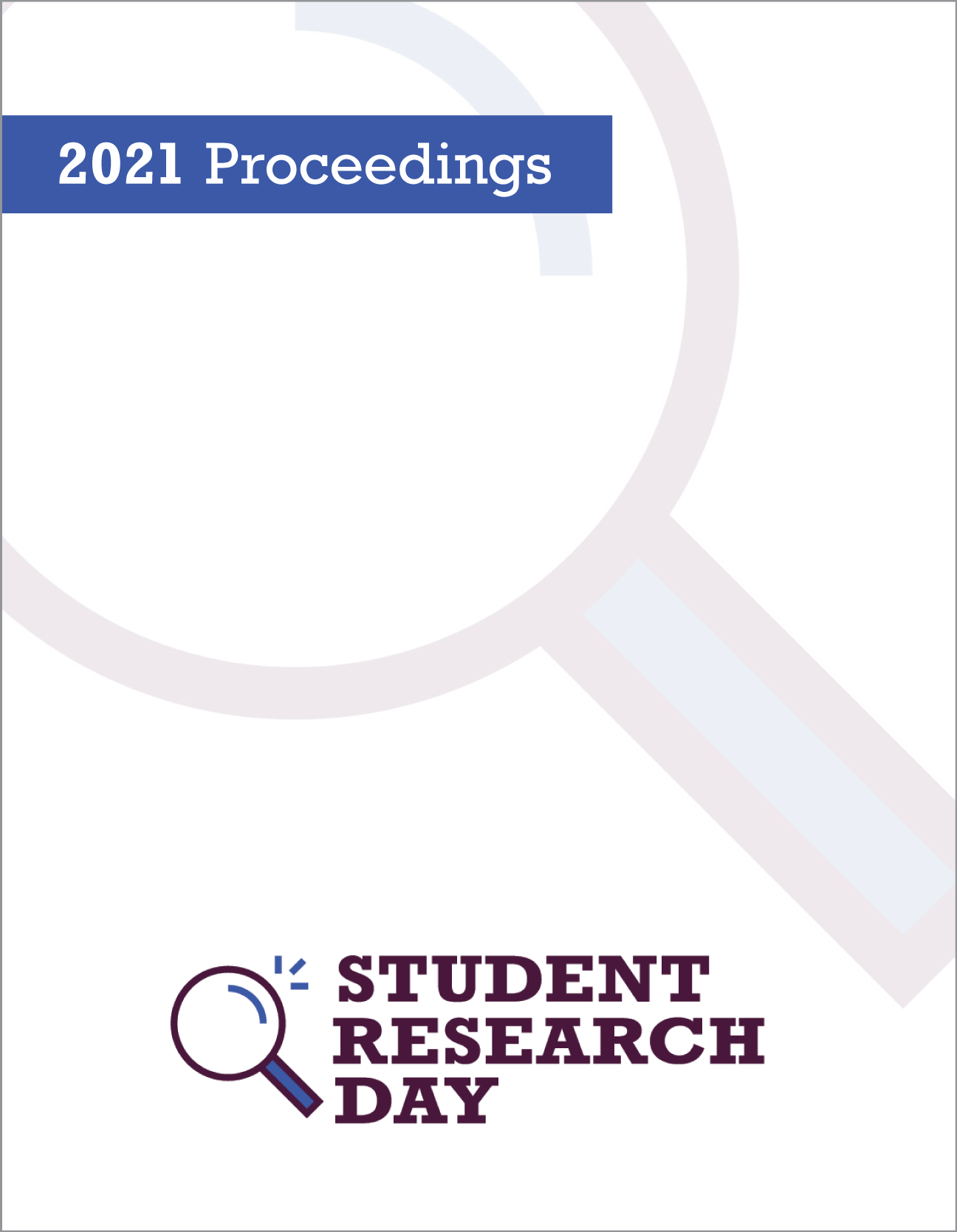Sorption of trace Ciprofloxacin to environmental media
Abstract
The increased usage of pharmaceuticals, especially antibiotics has unintentionally resulted in their increased introduction into the environment, especially via effluent into waterways from wastewater treatment plants. Many of these drugs can have significant detrimental effects on local wildlife and flora and have the potential to be introduced into the food chain. Sorption of these trace pharmaceuticals to environmental surfaces is of interest as it plays a key role in their mobility and remediation. In this study the detection, characterisation and quantification of the sorption of Ciprofloxacin (cipro) to goethite, a iron oxide mineral commonly found in soils, and biochar. The sorption was tested from pH 3-10 and was analyzed using HPLC-MS and FTIR spectroscopy. Sorption of the cipro was confirmed and 3 potential breakdown products were discovered. These breakdown products are likely produced by oxidation at the mineral surface. Sorption efficiency was determined using HPLC-MS, and found to be most efficient from PH 6-8.
The results of this preliminary study will be used in future works in predicting the mobility of trace pharmaceuticals and their breakdown products in environment.
Department: Physical Sciences
Faculty Mentor: Dr. Janice Kenney
Published
Issue
Section
License
Authors retain any and all existing copyright to works contributed to these proceedings.



